Think about the physical and emotional changes of pregnancy.
Childbirth is truly a beautiful time in the life of a woman. A time of joy and happiness, when you bring another, very beautiful life into the world. Of course, pregnancy can also be associated with a multitude of health and fitness challenges, like abdominal separation. Many of these uncomfortable changes to your body can be alleviated by doing the right movements during pregnancy!
Pregnant mamas do not have to deal with these common issues. {back pain, sciatic discomfort, pelvic floor dysfunction, poor posture, Diastasis recti, round ligament – to name a few} There is so much more you can do to heal after baby arrives.
Abdominal separation (diastasis recti) is one of these later conditions, involving a gap of 2.7 cm or more between the dual sides of the rectus abdominis muscle. While this condition has no serious or life-threatening consequences, it can actually result in the visibility of the uterus and/or intestines through the abdominal wall. In some women, it seems to protrude through the skin resulting in a hernia (typically an umbilical hernia). This also contributes to the ‘bloated’ look postpartum.
Tough as a Mother
Not to worry; through a very basic and—believe it or not—actually enjoyable series of exercises, you can correct abdominal separation! Even more exciting is that it is safe to begin to heal during pregnancy. Before we delve into these virtual aerobic ‘tummy tucks’ and how you can ‘exercise’ them to the very best effect, let’s take a look at diastasis recti—its causes, effects and what you can do to ‘save the stomach.’
The whole and holistic experience of childbirth is a transformative experience. Pregnancy and birth leave a woman forever changed as she grows and delivers a beautiful new life.
Yet for all of the positive wonderful elements of change (a positive outlook to the future, an increased feeling of spiritual oneness with your child, your family, and the universe in general, a healthy and bountiful glow that shines forth from the woman’s skin, an increased enjoyment of food, and a more voluptuous physique), the physically challenges of pregnancy can be trying and even traumatic. If you’re reading this at the beginning of your first trimester of pregnancy or anytime during your pregnancy, head on over to Erica’s Prenatal Membership! Here you’ll learn how to safely and properly strengthen your core, minimizing and healing abdominal separation during your pregnancy (Yes it really is possible to begin healing diastasis recti even while pregnant!).
Most new mothers realize that this isn’t going to be a walk in the park.
We hear about the substantial weight gain, aches and pains, the contractions, and of course the intense labor pains that come along with the pregnancy experience for women. Depending on the individual, others also experience mood swings and depression during and after pregnancy; some may have trouble sleeping, experience limited mobility, and even dealing with odd food cravings (pickles and ice cream, anyone?). I guess it’s why some say that if men were responsible for being pregnant, the species would likely die out!
BUT WE DON’T HAVE TO SUFFER!
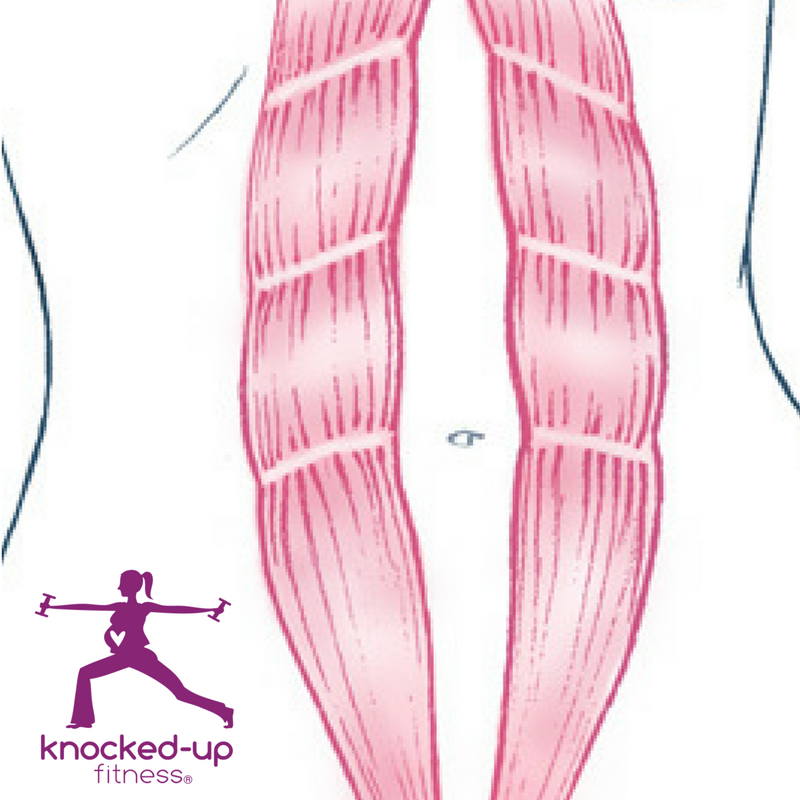 Among the many maladies and discomforts associated with pregnancy, abdominal separation does not rank among the most frequently discussed. The fact remains, however, that nearly every woman experiences this phenomenon to a certain extent, some more severely than others. It is certainly nothing to be ashamed of, and while inevitable in many cases, abdominal separation can be minimized and corrected.
Among the many maladies and discomforts associated with pregnancy, abdominal separation does not rank among the most frequently discussed. The fact remains, however, that nearly every woman experiences this phenomenon to a certain extent, some more severely than others. It is certainly nothing to be ashamed of, and while inevitable in many cases, abdominal separation can be minimized and corrected.
First, one must develop an understanding of this all too common maternal malady. Diastasis recti indicates separation of the rectus abdominis muscle: the abs. Now while everyone would love to see the appearance of ‘ripped’ abs on their bodies, few actually desire ripped abs — ah, but when a gap of almost 3 cm or more develops between the left and right regions of the rectus abdominis, this is precisely what happens.
Ladies, please allow us to assure you that the phenomenon of abdominal separation happens to males as well. This condition affects the females far more frequently, often a by-product of pregnancy; yet males do present with diastasis recti from time to time, and for wildly varying reasons.
Gents who practice improper weightlifting techniques or who do excessive abdominal crunches in a decidedly incorrect fashion are susceptible. Men who gain excessive amounts of weight are also more susceptible to abdominal separation. This is because masculine weight gain is most generally expressed in the outward swelling of the abdomen, (aka the rise of the good ole’ beer belly). Some individuals of either sex and at various ages are genetically predisposed to contract this condition.
Even the adorable little babies that result from those pregnancies can suffer from abdominal separation! Occasionally, their little abdominal areas are not fully developed and may not be properly sealed at the center. The condition, as might be expected, is particularly prevalent in the instance of premature births and for many will naturally heal with time.
Ah, but let’s get it back to no. 1 and talk about the ladies. Abdominal separation most frequently occurs in pregnant women. However, the condition can strike new moms as well, particularly during the course of the postpartum period.
During pregnancy, the growth of the uterus results in a marked stretching of the abdominal muscles; thus creating the not so great divide between the dual sides of the abs.
Women who have had more than one child, who give birth over the age of 35, who experience multiple births, or who have particularly robust and bouncing infants (translation: the kid is BIG, possessing a high birth weight), or do inappropriate abdominal exercises during pregnancy, are more likely to suffer from diastasis recti. Yet as previously mentioned, some degree of abdominal separation can be expected throughout the course of virtually any pregnancy.
How does someone know that they are suffering from abdominal separation? The indicators for this condition are quite varied and do not express themselves in the same way for every person afflicted. (Annoying, we know). In general, though, abdominal separation makes its presence known in the form of subtle physical differences and abnormalities.
You might experience an onset of nausea or notice redness and inflammation in the abdominal area. Maybe suffer from unusual pain in the hip, the back, or the belly button. Some women experience frequent urinary incontinence or constipation as a result of this condition. And in more severe cases, you even might find it challenging to move or breathe with the usual ease. You even may develop a hernia — never a pleasant experience, to be sure. Yet this is a manageable condition and there is hope; and by improving and enhancing your deep core strength, you can empower yourself to not only to deal with this condition but to conquer it.
Test to see if you have abdominal separation:
By contrast, you may feel no adverse effects at all—still, perhaps you notice that certain, inexplicable physical changes have begun to overtake your body; subtle but highly visible changes that do not necessarily come as part and parcel of the pregnancy experience.
Perhaps your belly button begins to protrude outward (we’re talkin’ a major outie here). This same belly button may feel looser, wider, or substantially less taut. Or you even might note the presence of a line that develops down the center of the stomach. In its most visible and apparent instances, diastasis recti can create a bulge or protrusion in your midsection, with the outline of the uterus protruding through the abdominal wall beneath the skin.
“Ok, good to know!” You might be thinking at this point. “So how do I prevent this from happening to me? And if it happens, how do I correct it?”
Well, the answer to the dilemma of how to deal with abdominal separation is just as complex as the condition itself.
For example; these days a person actually can purchase garments to help manage any given instance of diastasis recti. Indeed, you can wear a garment to help hold your abs together, but it can actually make your core weaker if you use it to just bind! The proper way to use a binder or belt or belly band is to use it to remind yourself to engage your deep core (correctly)!
Surgery is the remedy of choice for some sufferers, with diastasis recti surgery and ‘tummy tucks’ ranking high as a procedure of choice to cure this all too common phenomena. And while they may indeed prove very effective, it is truly only a band-aid solution! Surgery DOES NOT fix the underlying weak fascia/connective tissue and deep core. Those who wish to avoid the drawbacks associated with surgical procedures (i.e., high financial cost, time away from work, pain and discomfort, and perhaps an emotional fear of going under the knife) might want to try an altogether different route.
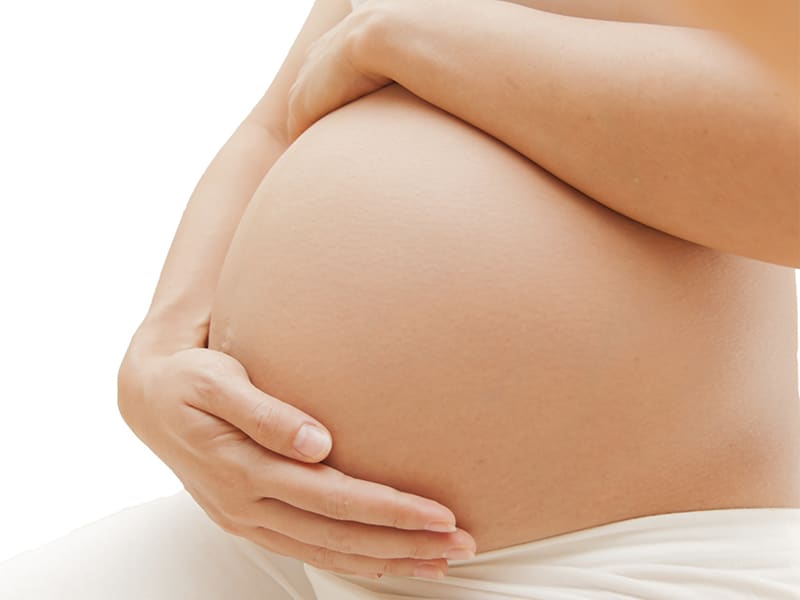
Indeed, some choose to do nothing. A remedy that works best if your instance of abdominal separation goes away on its own. Sometimes it will leave no visible effects or anything in the way of lasting pain or discomfort. Rest and relaxation are seen as viable coping mechanisms when it comes to preventing and/or coping with abdominal separation.
Often pregnant women are advised to take it easy for the duration of and immediately following their nine months of pregnancy. Although a limited and very specific regimen of exercise is recommended to maintain the strength of the mother to be (while also preparing her body for the rigors of childbirth), she is also frequently advised to get plenty of sleep, lighten her workload, and limit physical activity.
Moms to be want to stay active (especially in this modern age, when many of them work outside the home, are fitness enthusiasts, and play sports as well). However, even they must regard and follow a designated list of don’ts during this challenging time of significant life change and substantial body transformation. Don’t drink, don’t smoke, don’t eat too much unhealthy food and don’t participate in excessive and prolonged periods of vigorous physical activity.
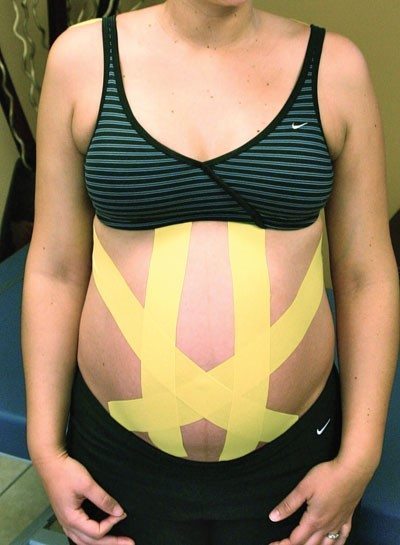
The same holds true when it comes to the prevention and treatment of abdominal separation. Those who avoid doing excessive abdominal crunches during their first trimester of pregnancy, for instance, might stand a better chance of avoiding a severe case of abdominal separation. Once the condition already has developed, a sustained rest period will not help to hasten the healing process. Keep moving, and keep active. Stick to your exercise regimen and build those muscles to the very best effect; while taking your rest sessions as you need them.
As is the case with the vast majority of diseases, injuries and maladies that afflict the human body on a regular basis. Rest and sleep can do much to heal the body and mend the abdominal muscles to restore them to their original state.
Try to get a full 8 hours of sleep during and after your pregnancy. Lay down for a nap or rest period whenever needed. Take note of any strain or pain that may strike you, and inform your doctor if said discomfort persists. And never be afraid to reject the performance of any physical work- or recreation-related tasks that you feel might cause or exacerbate this or other pregnancy-related conditions.
In some, very rare cases, doctors may prescribe bed rest to help sustain a healthful pregnancy, and/or to combat-related conditions such as abdominal separation. In the vast majority of cases; however, this extreme treatment is not needed or even recommended. And you will want to remain as wisely and healthfully active as possible before, during and after your pregnancy.
When movement is required, just make a concerted effort not to overdo it so to speak. Don’t bend over swiftly or at sharp angles, and refrain from heavy lifting. And yes new moms, you must be cautious as to how much you bend over to lift that hefty bundle of joy that inadvertently brought about this condition in the first place.
And please do not believe that in the vast majority of cases abstinence from any and all forms of exercise is required. If anything, under a doctor’s supervision and with the greatest of care, pregnancy can be a time to strengthen the body in preparation for one of its greatest challenges. This is the perfect opportunity to strengthen your abdominals and indeed all of your deep core muscles.
During the first trimester, in particular, strengthen your abs to both avoid and remedy instances of diastasis recti, while also enhancing posture and pelvic floor strength, increasing energy, alleviating aches and pains, etc. So for best results, exercise for a half hour to an hour each day, all the while staying hydrated, dressing in layers, wearing stable shoes, and exercising in temperate conditions inside and outside.
Always start slowly during these exercises, limiting your sessions to 10 or fewer minutes if needed. Discuss any and all exercises that you plan to do with your physician, and obey any limits that they set on your behalf. Also, limit the amount of time that you spend reclining on your back during exercise, to minimize decreased blood flow to the baby.

A few more items on that ever-pesky don’t list that every expectant mama simply must obey.
You should avoid exercises, for example, that require you to change direction swiftly; even deep, intense yoga poses should be avoided at this time, although overall the relaxing, time-honored and ever therapeutic practice of yoga is highly recommended for new and expectant moms.
As opposed to holding a stretch, elect for more gentle stretching. Be active with your stretches, while still showing restraint especially after the birth while your body is recovering. Avoid twisting the exercise session away, as excessive twisting of the waist and hips is not recommended at this time. By all means, avoid any coning of the belly. To put it simply, if you see a ridge or bulge popping forth from your mid-drift, chances are you are doing an exercise incorrectly.
Coning is an all too common sign of abdominal separation. This is why we avoid traditional crunches during pregnancy, and also take great care in rising from the floor after the completion of your exercise, roll to your side before you rise.
As far as a to-do list regarding ‘partum pregnancy’ (that would make a mighty weird title for an exercise video, no?), the do’s outnumber the do not’s. In addition to your physician, you may want to seek out the services of a personal trainer, coach, trained fitness instructor, or other fitness professional. Dress in accordance with the temperature of the workout area, and maintain a controlled range of motion at all times.
Ah, enough with all of those pesky do’s and don’ts, right?
Let’s get to work! Here are some suggested exercises for all stages and trimesters of pregnancy; ones particularly geared toward the treatment and management of abdominal separation.
These include pelvic tilts, hip rolls, foam rolling, squats with rotation, forward rolls and the cat cow exercise.
These exercises are derivatives of fairly common exercise maneuvers, and they benefit people of all genders, ages and physical conditions. Yet they were preselected for you during this specific time of your life, according to some very specific criteria.
All of these exercises, for example, are relatively low impact and easy to complete. All are aimed toward both relaxing and strengthening your body. We especially focus on those pivotal parts (i.e., the hips, the stomach, the thighs, etc.) integral to the childbirth process. These exercises help you maneuver during the pregnancy experience and prepare for childbirth. And, perhaps best of all, all of them have been proven to work; perhaps even serving to ease and facilitate the pregnancy and childbirth experience.
Moreover, these exercises are custom made for those who suffer from abdominal separation. They work and strengthen the abs while relaxing and toning them as well. And as they strengthen these all-important tummy muscles, they even may help to prevent further instances of diastasis recti.
Foam rolling is perhaps the most popular, effective and easy to complete exercise available for anyone who wishes to ease hip and lower back pain. It is particularly beneficial for the first trimester of pregnancy. Here’s how it works, in just a few simple steps:
1. Place your foam roller (among the cutest and cushiest of workout instruments—get one today!) atop your exercise mat, and just beneath your hip.
2. Sit atop the foam roller, just as you would a (wobbly and moving) seat.
3. Walk outward in a sitting position.
4. Roll to your right hip and hold your head up high (Yes, Sister!)
5. Keep your hip relaxed and roll down the length of your hip and glute.
6. Shift back and forth across the roller, changing your position to address any sensitive or pain stricken areas.
7. Repeat the same process with the other hip.
Continue until you feel a substantial alleviation of any pain or discomfort. Complete the foam rolling exercises. Observe a few basic suggestions to optimize the experience of the foam rolling exercise and its effects:
1. Use your deep core muscles throughout the exercise.
2. Angle up tall from the floor.
3. Exercise in a slow and deliberate manner.
4. Breathe deeply and slowly throughout the exercise.
5. Relax your muscles, particularly the tension wrought shoulders and hips
Squats with Rotation are a particularly beneficial exercise for the second trimester of pregnancy. Take the squat, a classic exercise staple. We bend it to meet your adjusted fitness needs as your pregnancy progresses. Follow these simple steps to do the Squats with Rotation:
1. Part your feet to equal or exceed your shoulder width, then rotate the legs outward from your hips.
2. Squat downward toward the floor, all the while keeping your head up. Do not overexert your back, instead of concentrating on the mobility of your hips and the derriere. And this will become more and more true as your pregnancy advances and your range of motion curtails. Hey, Girl; even a superwoman has to slow down and pace herself once in a while.
3. Stand erect and rotate toward one side. Keep your front leg still, so that your back leg rotates and you pivot on your toe. (You go, Twinkle Toes! Put those ballet lessons to work!). Extend your arms upward and away from you.
4. Stand and lift tall, and from your very core.
5. Rotate back toward the center and repeat the exercise on alternating sides.
6. Complete 10-20 sets of the exercise or as many as feel comfortable or prudent at any stage of the pregnancy.
Forward rolls are another excellent pregnancy exercise that is particularly effective throughout the course of the second trimester. Get on a roll as you relieve any and all back pain, strengthen your core muscles, and stretch your tight back and abdominal muscles. So with that in mind, let’s roll!
1. Kneel with your knees shoulder-width apart and keep the ball close to your body.
2. Articulate the spine in a forward motion by first tucking your chin, then roll the ball outward.
3. Roll the ball outward and ‘hug your baby,’ so you can work your deep core muscles.
4. Once you work your way outward, arch your back and press your arms into the sides of the exercise ball.
5. Breathe deeply into your belly, all while gently stretching your ab muscles.
6. Work your abs, scoop your belly inward and outward, straighten your spine, and stretch your lower back throughout the exercise.
As you come into your third trimester the cat cow exercise is an essential move.
These simple moves can be done every day, or as recommended by your doctor, trainer or exercise instructor. They are not overly exerting, and—in truth—feel far more like stretches than they do strenuous exercise moves.
1. Go down onto your exercise mat on your hands and knees, squaring your shoulders and widening your hips while lifting your chin.
2. Angle your shoulders back and arch your back upward in a rolling motion, just as a feline would, all the while lifting your back and belly in a smooth rolling motion.
3. Repeat as you feel comfortable, feeling the slow arching motion in your back, behind and belly in particular.
4. Complete the exercise move by arching backward, again much like a cat would—and, hey, who knows? Cows might do it too. What is certain is that this exercise move is relaxing, invigorating and easy to do. But again….
5. Stop if the exercise feels uncomfortable. Be careful, and have fun with the good ol’ cat cow!
Have fun, with any and all aspects of your pregnancy workout.
This is a very special time of your life; one bound to come complete with feelings of intense joy, hope and anticipation for the future. It is also a time, of course, for pain, discomfort and fatigue in some instances. And yes, it can for many be a time of abdominal separation. Take the power of your pregnancy into your own hands by remaining active and energetic!
With the help of these basic but highly empowering exercises, you’ll find you can maintain high energy levels. Avoiding some of the excessive aches and fatigue that typically come as part and parcel of this life-changing experience.
These exercises ease and facilitate the delivery process, as they will strengthen your hip, stomach and thigh muscles in particular. They should help you combat and alleviate any issues of abdominal separation. After delivery, you’ll find that you are stronger and better able to carry out the basic duties of motherhood. You can be physically ready for every part of this very special experience.
You got this, mama! And we are truly honored to be along for the ride.


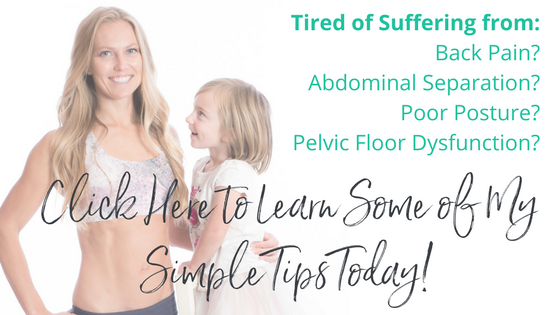

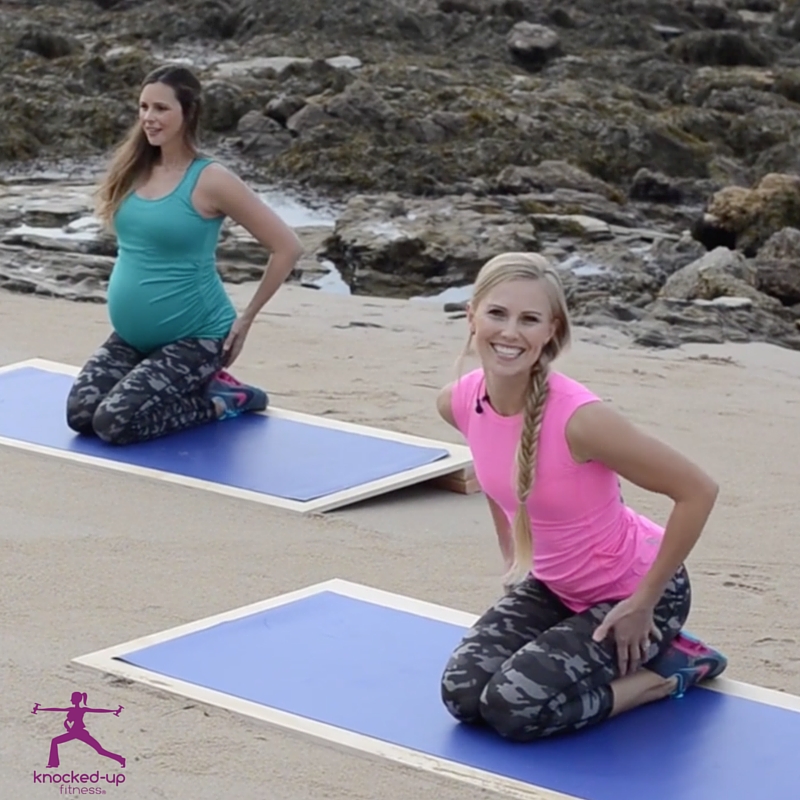

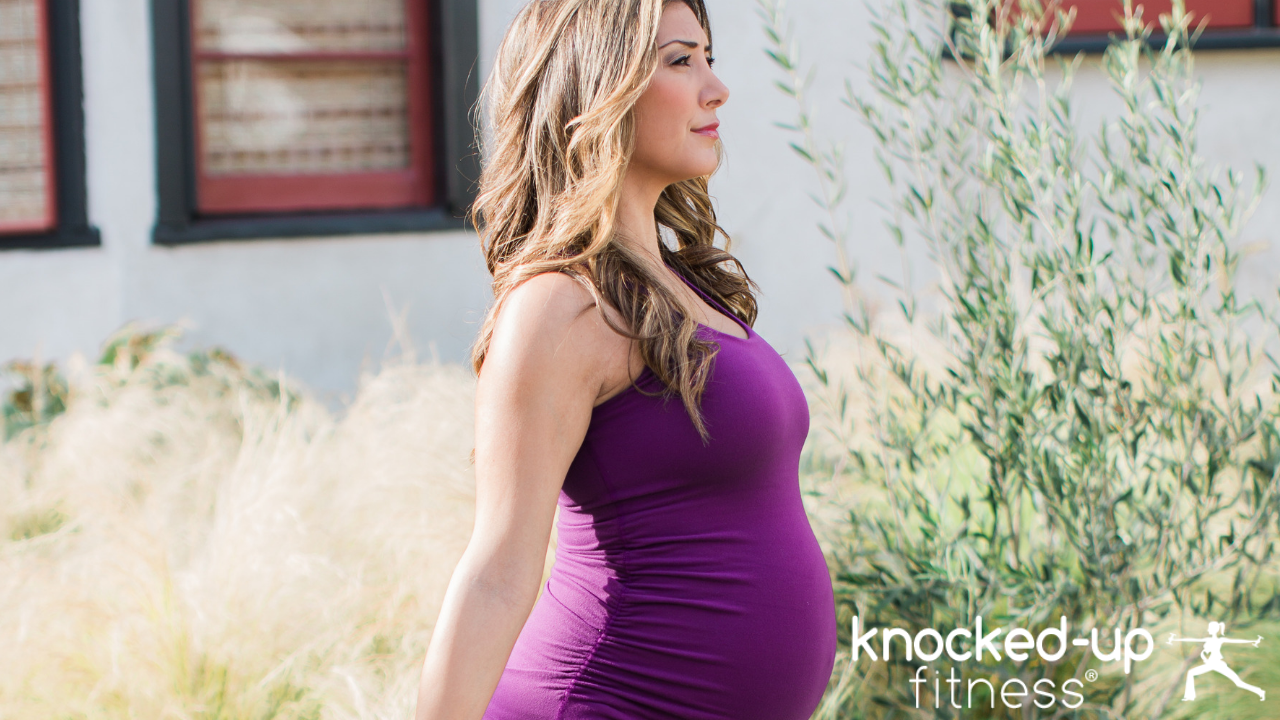
6 Comments
Hii, Erica Ziel! Amazing post I never saw like this post, I have read your all posts all are awesome keep write
Thanks for sharing